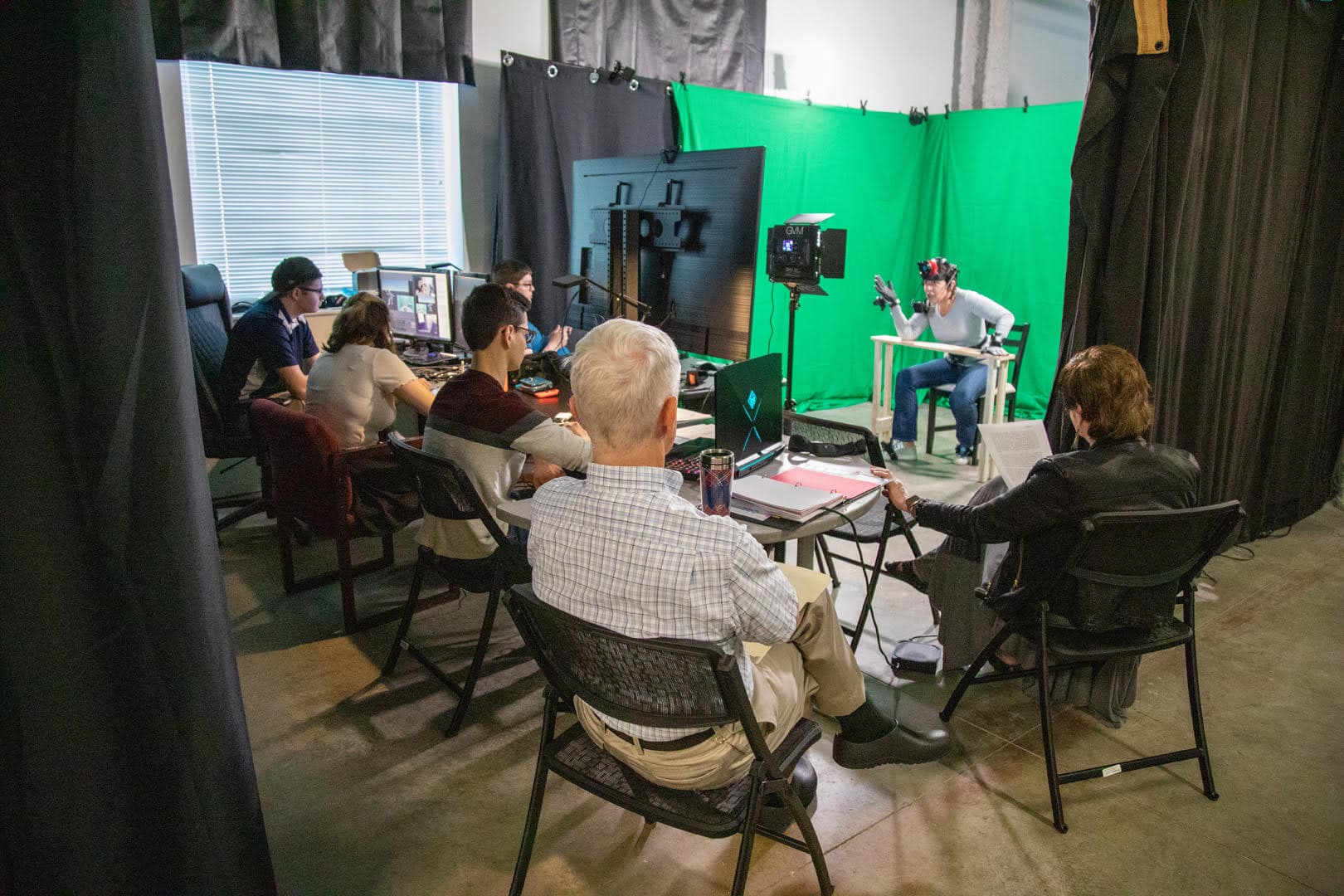Edward L. Holt is an assistant professor and interim department chair at Grambling State University. He lives in Ruston, Louisiana, and has been a member since 2016.
Website: https://gram.academia.edu/EdwardHolt

Glenn Lewis
Alma maters: BA (history; medieval and Renaissance studies), Duke University, 2010; PhD (history), Saint Louis University, 2018
Fields of interest: medieval Iberia, crusades, leadership, liturgy, GIS
What projects are you currently working on?
My projects revolve around a universal question: how does society determine a good leader? To that end, my current book project, Rituals of Leadership: Power and Memory in 13th-Century Iberia, explores how the royal court and ecclesiastical hierarchies of 13th-century Castile articulated conceptions of leadership as well as how various subject groups mediated these claims of legitimacy. It aims to illuminate a history of leadership and political theology in Iberia that was constructed in dialogue with northern Europe and Islamic North Africa. I also am part of an NEH Digital Humanities group on the immersive global Middle Ages. Here, I am working to virtually reconstruct 13th-century Córdoba and geospatially situate the Iglesias fernandinas in order to discuss intercultural exchange and royal power beyond the figure of the king.
Have your interests evolved since graduation? If so, how?
Since graduation, my teaching and research interests have evolved to expand my understanding of the global Middle Ages to more accurately include the thriving polities in West and East Africa. I have further sought to answer my questions in new ways through becoming better acquainted with various digital humanities technologies and methodologies. An unexpected consequence of the latter, and one of the best things about a small- to medium-sized department, is the versatility of your role as a historian and the collaborative opportunities afforded. During my time at Grambling, I have added modern historical interests and have found myself using my historical and digital skill sets to direct a student-led digital oral history project, made possible in part by a grant from the National Endowment for the Humanities in partnership with the Social Science Research Council, to record the voices of individuals whose lives intersect with the history of Grambling, the civil rights movement, and the African American experience in northern Louisiana. Working alongside the students and my modern US history colleagues has provided a deeper appreciation for the breadth of work done by our discipline.
What’s the most fascinating thing you’ve ever found at the archives or while doing research?
Once, on a research trip in Madrid, I was tracking down a liturgical manuscript that provided a series of remembrances for kings. Having located what I thought was the relevant library, I emailed to request an appointment. Imagine my surprise when they responded to say that it was not in the library of the Museo Arqueológico Nacional but rather sitting on display in the museum. Fast forward to the following Monday, where I am escorted through the closed museum by the curator, who unlocks the glass to allow me to carefully scrutinize the illuminated manuscript typically fixed on a single folio. Interestingly at a conference later that year, several Madrileños asked if the location was correct as they did not realize something of such relevance to 13th-century Spanish history was sitting on display. Sometimes the most fascinating objects are sitting in plain sight.
Is there an article, book, movie, blog etc. that you could recommend to fellow AHA members?
I would recommend Verena Krebs, Medieval Ethiopian Kingship, Craft, and Diplomacy with Latin Europe (Palgrave Macmillan, 2021). This book is a remarkable study of rulership, intercultural exchange, and an example of what the study of the global middle ages should look like.
AHA members are involved in all fields of history, with wide-ranging specializations, interests, and areas of employment. To recognize our talented and eclectic membership, Perspectives Daily features a regular AHA Member Spotlight series.
This work is licensed under a Creative Commons Attribution-NonCommercial-NoDerivatives 4.0 International License. Attribution must provide author name, article title, Perspectives on History, date of publication, and a link to this page. This license applies only to the article, not to text or images used here by permission.



